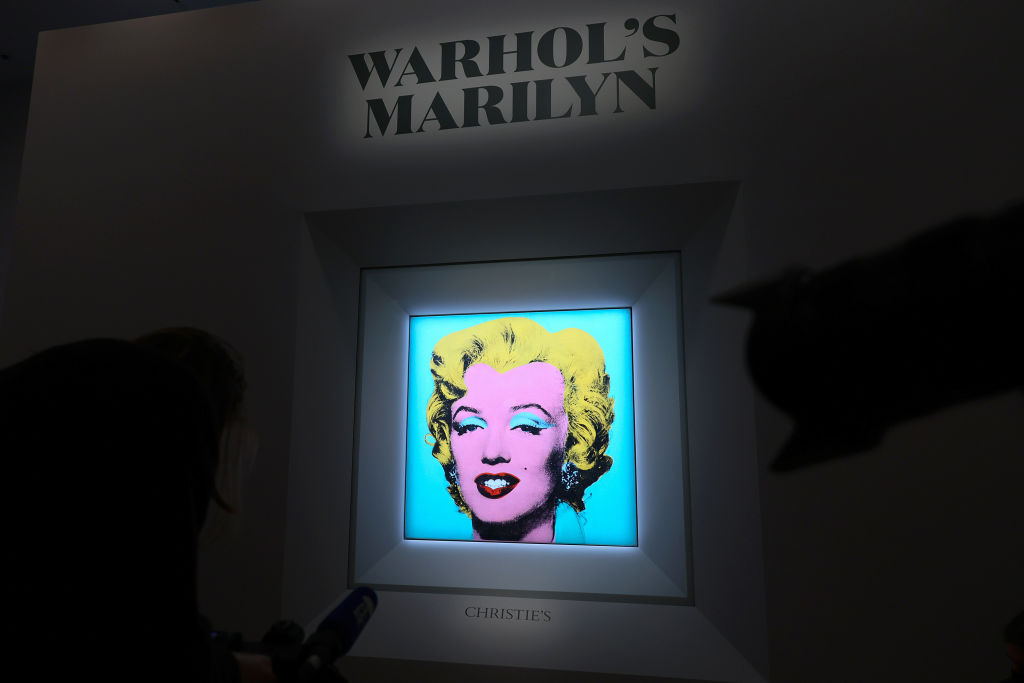I know you’re going to make fun of me, so let’s just get this over with. I bought art on a cruise ship. Okay, laugh. Gallery owners and art appraisers will mock you for this, but you could do worse.
My husband and I faced an unusual situation at our house: a blank wall. This wouldn’t normally be a problem, but we have different tastes and different philosophies. I like to buy art from local artists. He likes art from “known” artists. And we rarely have time to stroll through galleries or go to art auctions together.
“We’ll look on our cruise,” DC said a couple months back. I sighed. He’s a bigger fan of cruises. The thought of these oversized ships with their central parks, ice rinks, massive buffets and free-flowing alcohol used to make me want to go camping. But he convinced me to try. I have come around. And that’s marriage.
He has also convinced me to attend the ship’s art auctions, which I used to think were cheesy, because, in fact, some of the art for sale is the kind where two olives hold hands and dance in a martini glass. This isn’t a judgment. It’s simply a fact.
Park West, the company that runs art auctions for many cruise lines, knows what their cruising customers like. They also know that when vacationers are out to sea with all their cares on a distant shore, they are primed to splurge. These mates hold a glass of Champagne in one hand and a numbered paddle in the other, while a fast-talking auctioneer unveils artworks on stage and explains why you must — that very minute — become its owner.
Numbers and money (from $50 to five-figures) fly. Gavels bang. And next thing you know, someone is going home with a signed, numbered, framed Salvador Dali. It’s crazy. But I was on board.
We agreed on this much: We wanted a contemporary, preferably original work, about 30- by 40 inches with blues and oranges, a water motif and, oh, in our budget. So we told the auctioneer what we were looking for. He opened his laptop and pulled up several works on the ship, including one from a rising Florida artist that miraculously checked all our boxes.
We researched the artist online to find out what his pieces sold for. The opening bid for the framed original was much lower. Now, “Sailing at Dawn” is on its way to our home.
Back home, I called Florida fine art appraiser Susan Filebark, who learned her craft from her museum art-appraiser mother, and had a maxim: “Never buy art on a cruise ship!”
We got that laugh out of the way, then she helped me break down what affects art value, so if you ever find yourself with a paddle in one hand and Champagne in the other, you’ll be ready.
The artist: Fame affects sales price, of course. Some collectors only want signed originals or limited-edition art from listed artists, i.e., those who have sold art at an auction.
Original or limited-edition: A signed original will command the highest price, but if that’s out of your price range, look for serigraphs, stone lithographs or engravings by that artist. These limited-edition prints are still considered fine art. Because the printing plates deteriorate with multiple impressions, production stops when the artist no longer approves the quality, thus making it a limited edition.
Signed and numbered: Look for a fraction, such as 42/150, written in pencil on the bottom margin of a limited-edition print. That indicates it is the 42nd print in a run of 150. The artist typically signs each print. Usually, these print runs are under 250. Runs much over that make the print less valuable.
Giclées: An ink-jet printing technique that transfers digitized scans of fine art directly onto canvas, giclées allow for realistic reproductions at affordable prices. To tell the difference between a giclée and an original, look closely with a magnifying loupe for any pixelation or cross hatching. A giclée won’t have any paint build up from brushstrokes. (The exception: hand-embellished giclées, where the artist paints over parts to give it a more authentic look and signs it.)
Related Articles
Kitchen Remodel: A young couple’s major re-do yields new organizing tips
Home renovations: In my family, pregnancy and home remodeling go together
Young couple’s new house remodel: She wanted a new shower. It came with a new kitchen and bath.
Home decor: Bringing home baby is not like it used to be
Estate sales: What to know before you hold one
Open-edition prints: These are basically posters. If the artist signs it, perhaps at an exhibit, it may increase the value, but it doesn’t make it a limited edition. Candace Hill, a Colorado art appraiser, offered this example: At auction, a signed poster of Andy Warhol’s “Marilyn” sold for $952. A signed limited-edition silkscreen print sold for $156,250, and a signed original sold for $28 million.
“If you want to buy art by a certain artist,” Filebark says, “look in the secondhand market. Watch for works to come up at auctions or find the artist and buy direct from his studio.”
Marni Jameson has written seven books, including “Downsizing the Family Home.” Reach her at marni@marnijameson.com.












